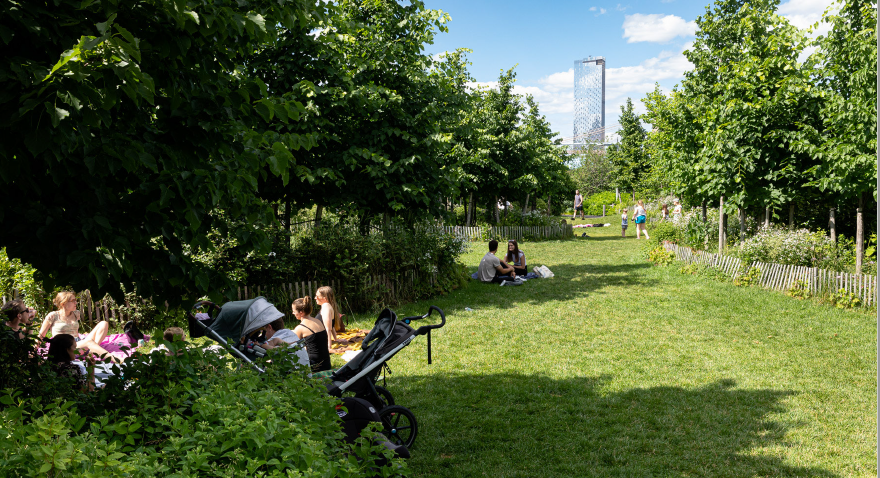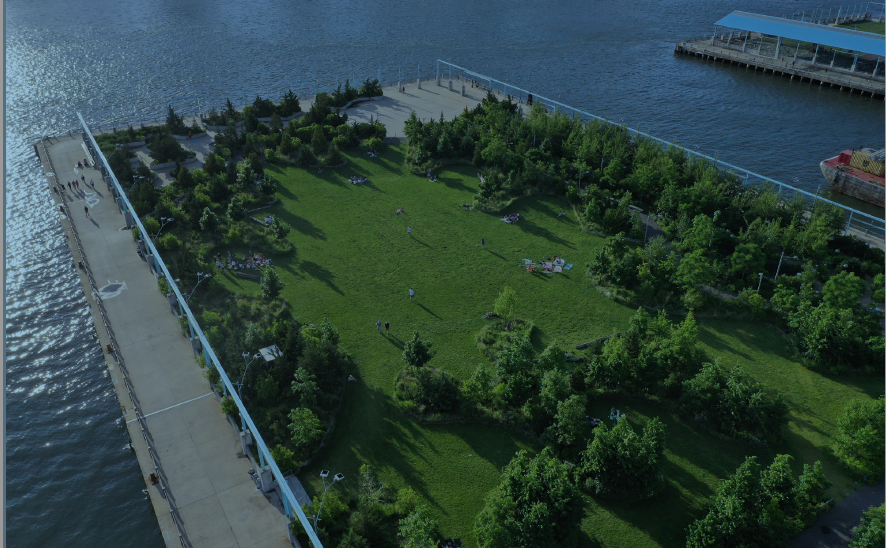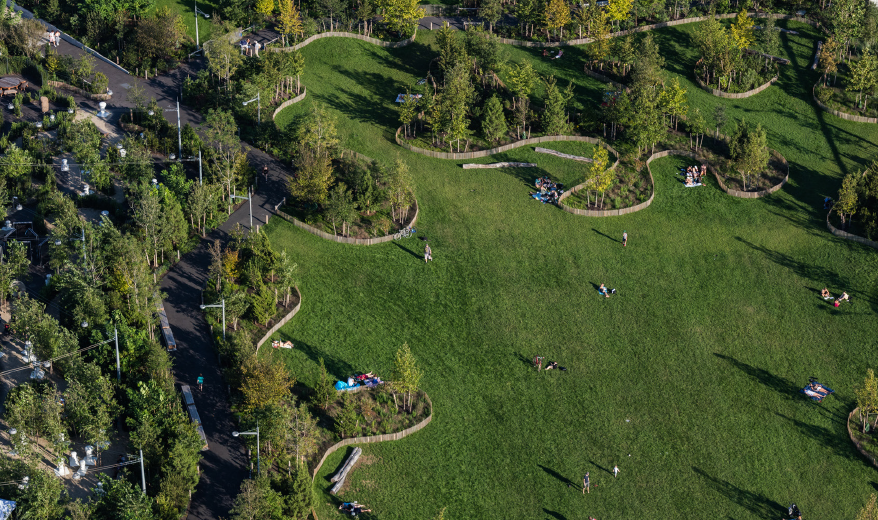
From lockdown to protests
I april i år skulle konferensen Arwidsson Talks: City Editing ägt rum på Färgfabriken i Stockholm. En av våra huvudtalare var Michael Van Valkenburgh, landskapsarkitekten som bland annat ritat Brooklyn Bridge Park. Vi frågade honom hur parklivet ser ut i New York City just nu och vad han tänker kring betydelsen av parker och grönområden. De nytagna bilderna visar hur det ser ut i Brooklyn Bridge Park och Pier 3 när USA så sakta börjar öppna igen efter nedstängningen.
What are the parks in New York experiencing right now?
– Central Park and Prospect Park – the twin marvels designed by Frederick Law Olmsted and Calvert Vaux – have become gathering points for Black Lives Matter protesters. In that way, they have served not only as recreation spaces, but as public forums. They are big enough, and varied enough, to handle both uses.

Michael Van Valkenburgh.
– The park I am most familiar with is Brooklyn Bridge Park, which my firm conceived and designed, and which (when I’m in my New York apartment) I can see from my windows. Because team sports and public gatherings are prohibited right now (I’m writing this in June), it made sense to close sections of the park designed for those activities – basketball courts, soccer fields, the roller rink, and so on. But other important parts of the park have remained open, and they provide a refuge during the “lockdown” that has kept so many people in close quarters for months. Of course, even in the parts of the park that are open, people are asked to comply with mask and “social distancing” requirements.

What does a public park mean in the spring and summer of 2020?
– I moved to New York just before September 11, 2001. I remember that in the wake of that day’s tragedies people gathered in parks for a variety of reasons, ranging from the very public to the very private, from joining community remembrances to being alone with their thoughts. Although the circumstances are different, there are similarities to the period after 9/11. People need solitude, which in many cases means being alone with nature. And they need camaraderie, which they are finding in the city’s rallies and protests, many of which utilize the parks. As present as Covid-19 has been, the aftermath of the savage murder of black Americans and the depth of the appropriate outrage and civic unrest is just as visible and impactful. The disease requires social distancing; the racism requires social action. Parks can accommodate both.

What is the status of park life in New York city right now?
– Parks have never been more important. In times like these, we need parks just as we need the love of friends and family.

What do you think is necessary when creating spaces for public health now and in the future?
– We have been working for years to design parks that accommodate a wide range of uses, from solo contemplation to team sports to concerts and dramatic performances. We try to provide “something for everyone.” As it turns out, that variety has prepared our parks for unforeseen events, like the pandemic, because it means that if one type of facility has to close, another might be able stay open. We have also designed our parks to be accessible to everyone. In many cases that has meant widening paths and, in playgrounds, providing extra space between equipment. And that, it turns out, makes social distancing easier to achieve. Of course, we are always striving for greater variety and greater accessibility.

Could you share something you have been working on recently that you are especially proud of?
– One of our recent projects was Martin’s Park, a playground dedicated to an eight-year-old boy who was the youngest victim of the so-called Boston Marathon bombing of 2013. It is attached to the Boston Children’s Museum, which, like most museums, is closed. But I’m happy to say that the playground was able to reopen on June 18. It’s a wonderful place for children to connect with nature and to explore bespoke playground equipment (including a 50-foot wooden sailboat made in Scandinavia). And it’s a place we think Martin would have loved. True, it’s one of the smallest parks we’ve ever designed, in terms of area, but in terms of symbolism it is among the biggest.

